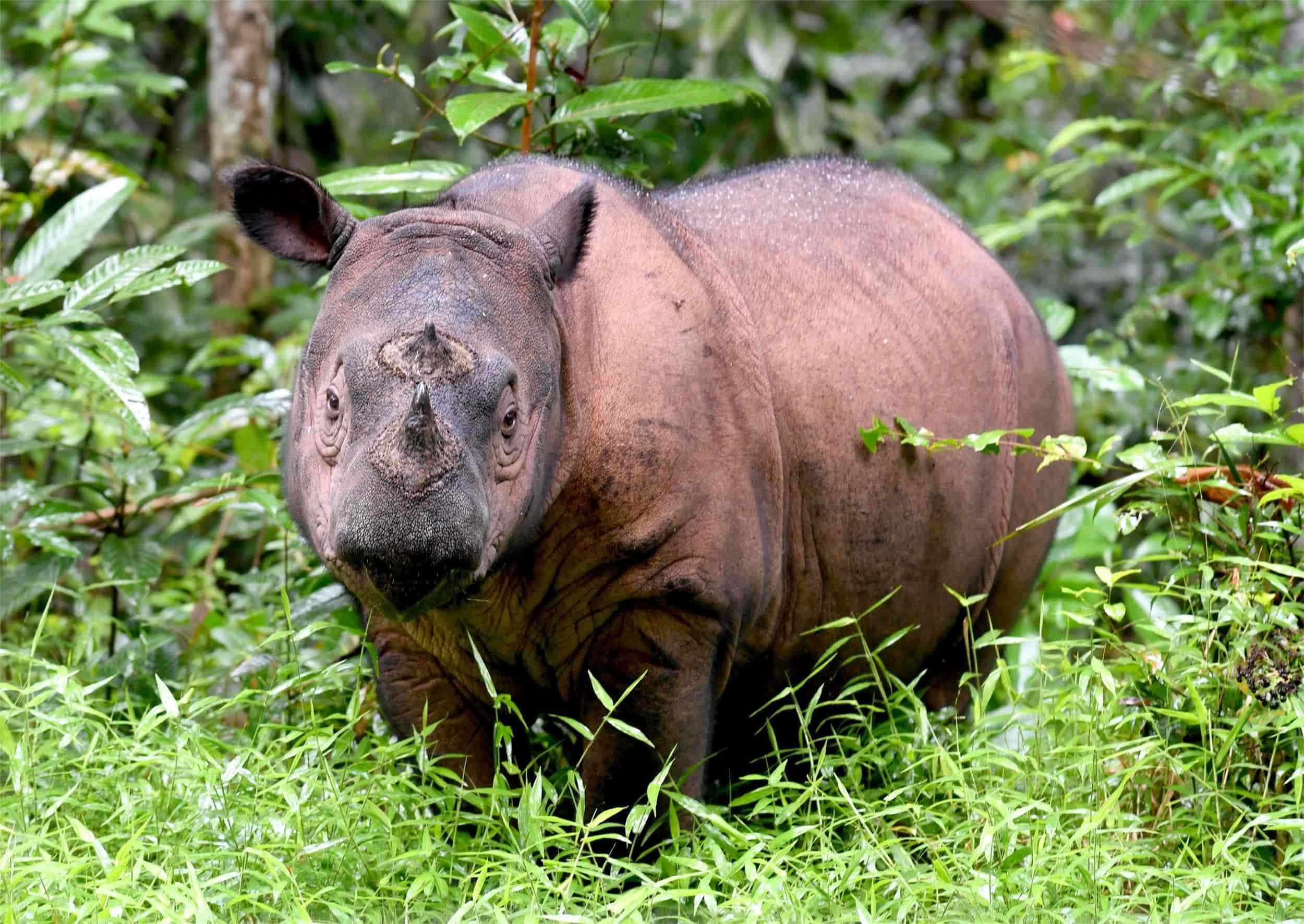
Did you know the Sumatran rhinoceros is the smallest of all rhino species? This fascinating creature, native to the dense forests of Sumatra and Borneo, is critically endangered. With fewer than 80 individuals left in the wild, conservation efforts are more crucial than ever. These rhinos are unique not just for their size but also for their hairy bodies, which set them apart from other rhino species. They play a vital role in their ecosystem by helping to shape the forest environment. Understanding more about these incredible animals can help us appreciate the urgent need to protect them. Let's dive into 28 amazing facts about the Sumatran rhinoceros!
The Sumatran Rhinoceros: An Overview
The Sumatran rhinoceros is one of the most fascinating and endangered creatures on Earth. Known for its unique characteristics and critical conservation status, this species offers a wealth of intriguing facts.
- The Sumatran rhinoceros is the smallest of the living rhinoceros species.
- It is the only Asian rhinoceros with two horns.
- This species is covered in a coat of reddish-brown hair.
- Sumatran rhinos are primarily solitary animals.
- They are found in fragmented populations in Indonesia and Malaysia.
- The Sumatran rhinoceros is critically endangered, with fewer than 80 individuals left in the wild.
Physical Characteristics
Sumatran rhinos have distinct physical features that set them apart from other rhino species. Their unique appearance is both a marvel and a clue to their ancient lineage.
- They have a prehensile upper lip, which helps them grasp leaves and twigs.
- Their skin is covered in folds, giving them a somewhat armored appearance.
- Despite their small size, they can weigh up to 800 kilograms (1,760 pounds).
- Their horns are made of keratin, the same material as human hair and nails.
- The front horn is usually larger, reaching up to 25 centimeters (10 inches) in length.
- Sumatran rhinos have poor eyesight but an excellent sense of smell and hearing.
Habitat and Distribution
Understanding where Sumatran rhinos live and how they interact with their environment is crucial for their conservation. Their habitat preferences reveal much about their needs and challenges.
- They inhabit dense tropical forests, swamps, and cloud forests.
- Sumatran rhinos are known to live at elevations up to 2,000 meters (6,600 feet).
- They require large territories, often ranging over 50 square kilometers (19 square miles).
- These rhinos are excellent swimmers and can cross rivers with ease.
- They create mud wallows to cool off and protect their skin from parasites.
- Deforestation and habitat fragmentation are major threats to their survival.
Diet and Feeding Habits
The diet of the Sumatran rhinoceros is diverse and reflects their adaptability. Their feeding habits are essential for maintaining their health and energy levels.
- They are herbivores, primarily feeding on leaves, twigs, bark, and fruits.
- Sumatran rhinos can consume over 50 kilograms (110 pounds) of vegetation daily.
- They have a preference for young saplings and soft plants.
- Salt licks are important for their mineral intake.
- Their feeding activity helps shape the forest structure, promoting plant diversity.
Reproduction and Lifespan
Reproduction in Sumatran rhinos is a complex and delicate process. Understanding their breeding habits is key to conservation efforts.
- Females reach sexual maturity at around 6-7 years, while males mature at 10 years.
- The gestation period lasts approximately 15-16 months.
- Typically, a single calf is born, weighing about 25-30 kilograms (55-66 pounds).
- Calves stay with their mothers for up to 2-3 years before becoming independent.
- In the wild, Sumatran rhinos can live up to 35-40 years.
The Final Footprints of the Sumatran Rhinoceros
The Sumatran rhinoceros stands as a symbol of nature's delicate balance. With fewer than 80 individuals left, their survival hangs by a thread. These majestic creatures, the smallest of the rhino family, face threats from habitat loss and poaching. Conservation efforts are crucial to ensure their future. Protecting their habitats, supporting breeding programs, and raising awareness can make a difference. Each action, no matter how small, contributes to their survival. The Sumatran rhino's plight reminds us of our responsibility to protect endangered species. Let's cherish these incredible animals and work together to secure their place in the wild. The journey to save them is challenging, but the reward is a world where the Sumatran rhinoceros roams free, a testament to our commitment to preserving nature's wonders.
Was this page helpful?
Our commitment to delivering trustworthy and engaging content is at the heart of what we do. Each fact on our site is contributed by real users like you, bringing a wealth of diverse insights and information. To ensure the highest standards of accuracy and reliability, our dedicated editors meticulously review each submission. This process guarantees that the facts we share are not only fascinating but also credible. Trust in our commitment to quality and authenticity as you explore and learn with us.
